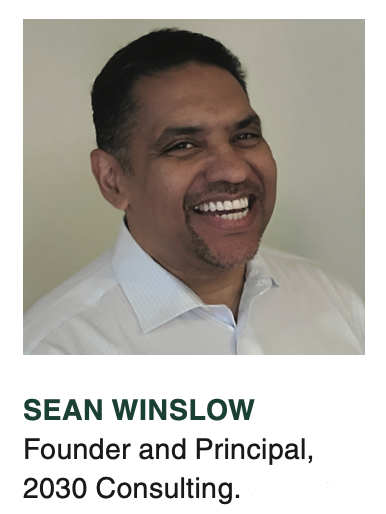The Challenges of Worker Qualification Management in Pharma
Life sciences companies uniquely tasked with meeting continuous and complex compliance-reporting requirements.

Life sciences organizations working in the R&D and manufacturing of pharmaceutical and medical device products are held to some of the highest quality standards because of the critical impact of their work on the safety and well-being of patients. Good laboratory practices (GLP), good clinical practices (GCP), good manufacturing practices (GMP), and a host of regulatory guidances stipulate the need for individuals to be “qualified by education, training, and experience.” Management in these organizations have the responsibility to ensure compliance with these standards. They must continually monitor for accuracy and be able to provide reliable evidence of a worker’s qualifications in a timely manner.
Failure to demonstrate compliance with regulatory standards and good practices like these can result in substantial remediation costs, reputational damage, as well as hefty fines and economical damage.
Evidence of assigned worker qualifications
In current practice, life sciences organizations use an individual’s curriculum vitae (CV) as the means of verifying that their skills, education, and experience align with their current job description. Both documents are typically stored in a controlled repository, but are sometimes stored in an uncontrolled file share, or even in a physical file cabinet or desk drawer.
When a health authority inspection occurs, inspectors often request evidence of workers’ qualifications. The host must seek out and obtain a worker’s signed CV and the associated approved job description documents. Some internal training may not be reflected on the CV, so relevant training records from the company’s learning management system must be identified and procured. The documentation is then compiled and presented to the inspector for review and confirmation.
This process can involve multiple system owners, making responses to inspection inquiries unnecessarily slow and expensive. It also requires someone to coordinate the identification, collection, and presentation of supporting documents in a manner that clearly lays out an assigned worker’s “qualification compliance story.”
Broader compliance concerns
The typical CV includes personal data such as a full name, personal contact information, job dates, and responsibility descriptions, exposing the organization to legal data privacy concerns and risks. It may also include ancillary hobbies, certifications, and lists of achievements that are important to HR for talent acquisition but not always relevant in worker qualification. This extra information ends up being “noise” that an inspector must sift through to understand if the individual has the appropriate and relevant qualifications. It also presents greater exposure to negative inspection findings.
Proactive qualification management
When “matching” worker qualifications to job requirements, the components of a CV can be deconstructed to present only the relevant information about an individual’s qualifications. Similarly, the components of the job description can be boiled down to measurable requirements. This simplification offers clarity and makes the reconciliation of the two straightforward and quick.
There may still be a need for some analysis or assessment by a manager. As with any real-world scenario, a subset of the requirements and qualifications may be met by equivalent training, education, or experience. The reporting manager will be able to make this assessment and approve equivalent qualifications.
Qualification management is a business problem that requires an understanding of the layered and complex compliance concerns. It opens a considerable automation opportunity where enabling technologies can reduce risk and improve the process.
Comprehensive compliance
Proactively managing qualifications is an important part of a broader quality system. It can reduce the risks of noncompliance and aligns compliance efforts with business goals by ensuring that the right education, training, and experience are being applied to assigned tasks. Life sciences teams are beginning to understand the value of approaching qualification management in the same manner that they address other aspects of compliance.
Sean Winslow, Founder and Principal, 2030 Consulting. He can be reached at SeanWinslow@2030Consulting.com

Navigating Distrust: Pharma in the Age of Social Media
February 18th 2025Ian Baer, Founder and CEO of Sooth, discusses how the growing distrust in social media will impact industry marketing strategies and the relationships between pharmaceutical companies and the patients they aim to serve. He also explains dark social, how to combat misinformation, closing the trust gap, and more.
Pfizer, GSK Gain ACIP Recommendations for RSV and Meningococcal Vaccines
April 18th 2025The Centers for Disease Control and Prevention’s Advisory Committee on Immunization Practices voted to expand access to Pfizer’s respiratory syncytial virus vaccine Abrysvo for high-risk adults in their 50s and voted in favor of GSK’s meningococcal vaccine, Penmenvy, for streamlined adolescent protection.